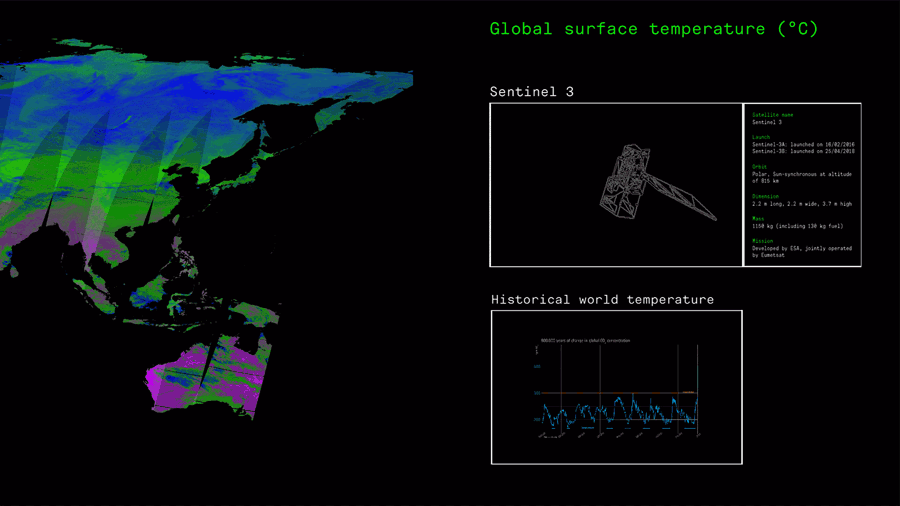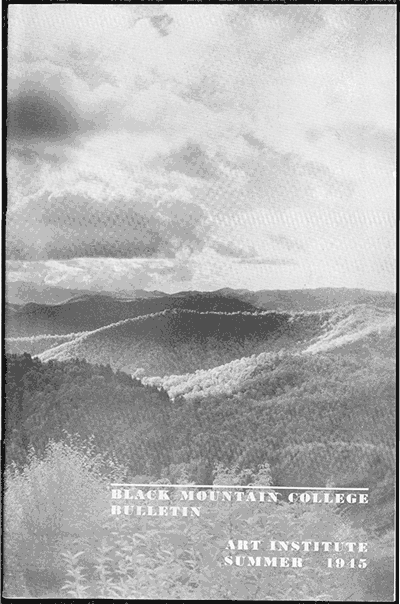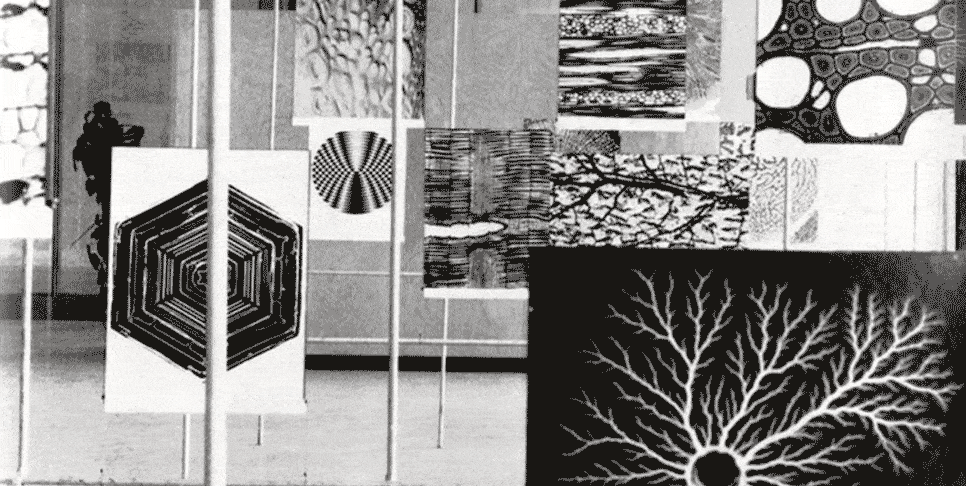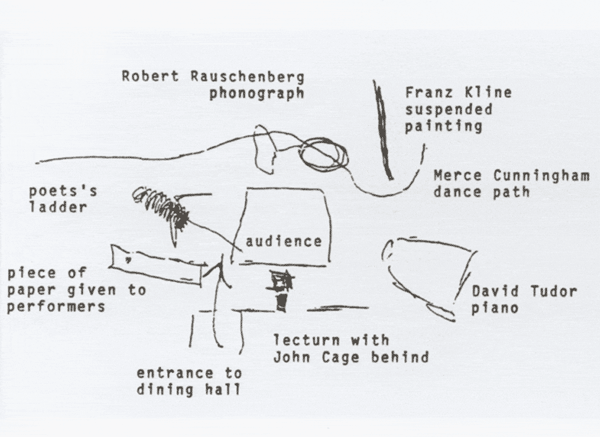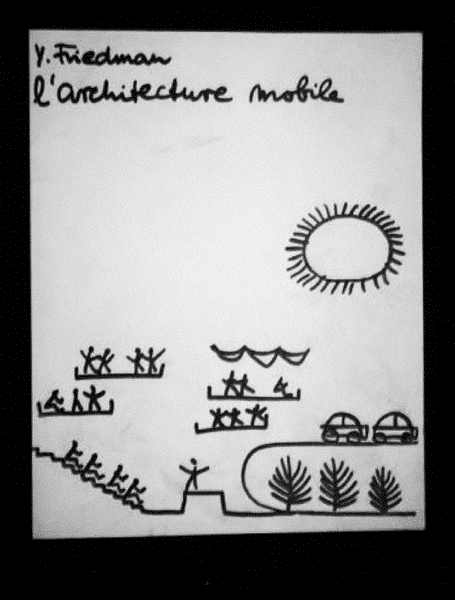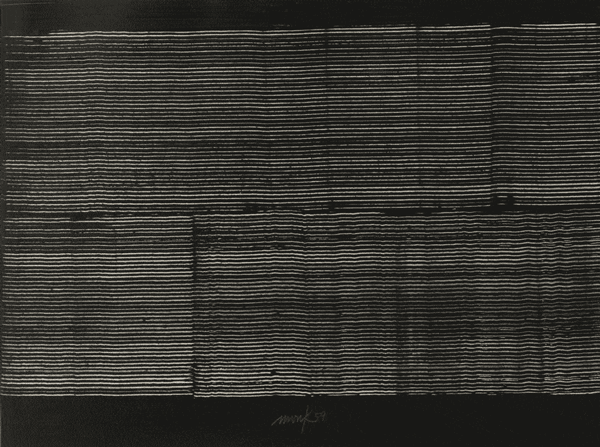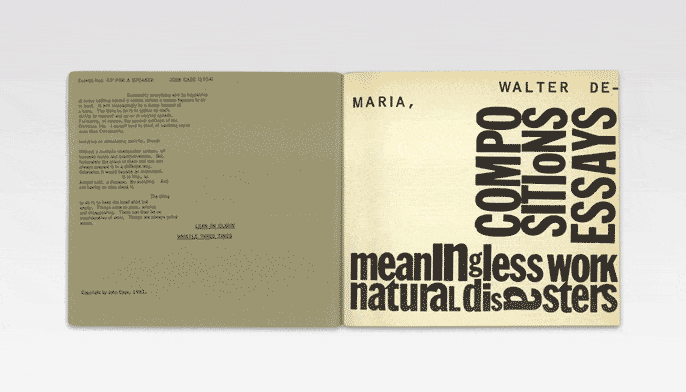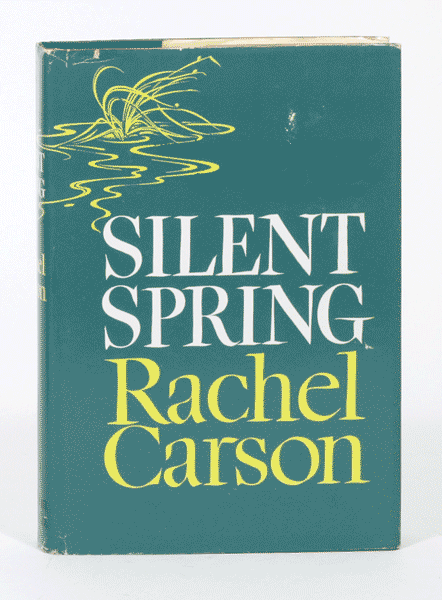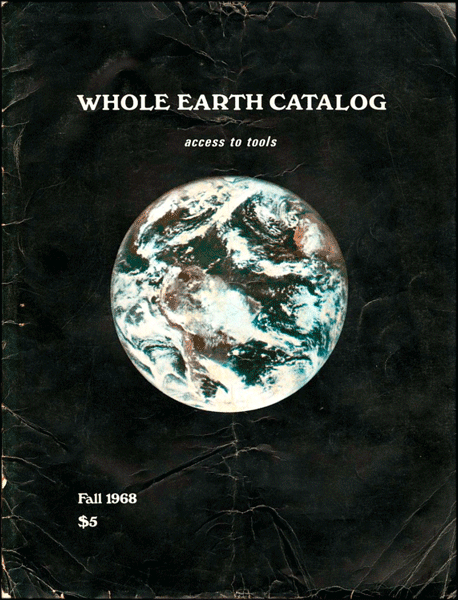I believe that the artist must achieve creative control over the whole of his environment.
Herbert Bayer |
|
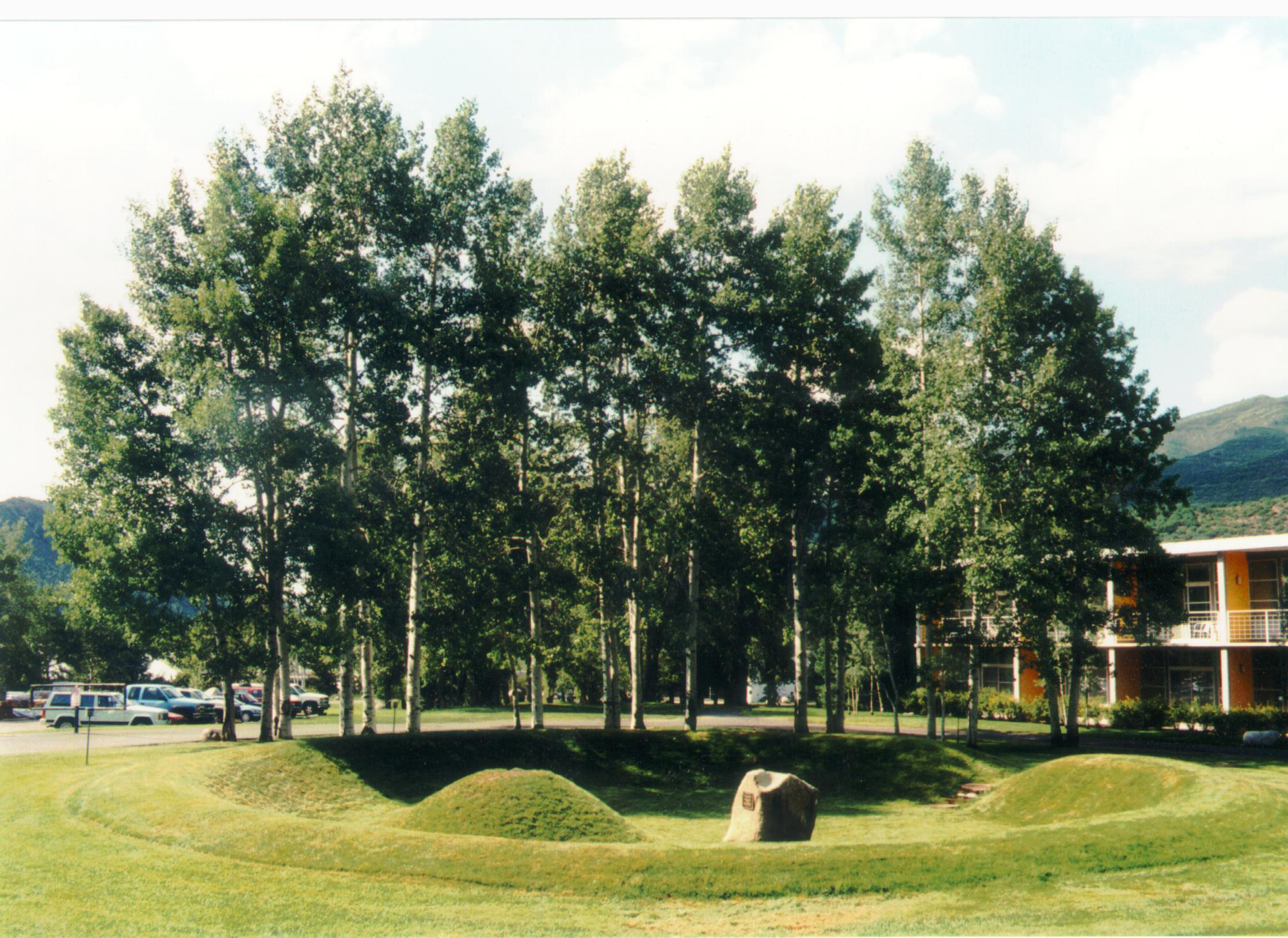
|
|
View of “Earth Mound” (1954) by Herbert Bayer, date unknown, The Center for Land Use Interpretation (retrieved February 16, 2021 here).
|

Earth Mound
Herbert Bayer
Echoing the “Groundworks” timeline: 1954
“Designed by Herbert Bayer in 1954, making it in all likelihood the first ‘earthwork’ done within the context of contemporary art; the piece [Earth Mound] is maintained and visible at the Aspen Institute's Aspen Meadows campus in Aspen, Colorado. Down a nearby path is Anderson Park, designed by Bayer in 1973, in which he combined elements of both Earth Mound and Marble Garden (1955), yet another of his sculptures to be found on the Aspen Institute campus. Bayer was an Austrian artist who taught at the Bauhaus in the 1920s. He worked as an architect for the Aspen Institute after moving to Aspen in 1946. After a long and distinguished career there, Bayer moved to Santa Barbara, CA, where he died in 1985.”
“Earth Mound, Colorado” — The Center for Land Use Interpretation,
retrieved February 16, 2021 here.
“The enterprise of actually interpreting the interaction of the Earth and its surface with the surrounding environment of air, light and architecture was the ‘earthwork’ itself.”
Arthur A. Cohen — Herbert Bayer: The Complete Work,
Cambridge, MA: MIT Press, 1984.
“Best known as a graphic and industrial designer, he is also a painter, sculptor, photographer, printmaker, architect and environmental artist who did ‘earthworks’ a decade before the land art movement came into being. For him, there is no separation between the fine and the applied arts, ‘my work seen in its totality is a statement about the integration of the contemporary artist into an industrial society’, he wrote in a ‘credo’ of 1962 that also reveals his insistence on the lowercase alphabet in the interests of functional efficiency (capital ‘I's’ are excepted). ‘I believe that the artist must achieve creative control over the whole of his environment.’”
Grace Glueck — “Revealing the Painterly Side of an Eclectic Artist”,
New York Times (October 21, 1984), 37.
|
Herbert Bayer designed the “Earth Mound” (also known as the “Grass Mound”) in 1954, within a wider project for the campus of the Aspen Institute for Humanistic Studies (City of Aspen, Colorado). This work was precursor of the Earthwork Movement, that began in the late 1960s, and Bayer’s completed project for the campus, as well as his writing and drawings about landscape intervention were inspirational and instructional for many of these artists. Virginia Dwan included a photograph of the piece in her 1968 Earthworks exhibition, and Jan Van der Marck dubbed it “the first instance on record of landscape as sculpture” in his book Herbert Bayer: from Type to Landscape (1977).
|
“maat Explorations” is an ongoing programme that delves into the socio-cultural and environmental transformations stemming from the current bio crisis and ecological destruction. It provides an insight into the hard science of climate intervention and the creative speculations behind innovation-led research to safeguard our planetary co-existence. Prominent in this strand is the installation Earth Bits – Sensing the Planetary, that opens access to the complex interconnectedness between the environmental and the energetic quests and its reverberation through decades of artistic production, political and cultural movements traced from the 1960s until today. On maat ext., a series of #groundworks hashtags introduce the critical explorations that feed into the complex interconnectivity between the environmental and energetic quests, and its reverberation through decades of artistic production, political and cultural movements traced from the 1960s until today.
|


